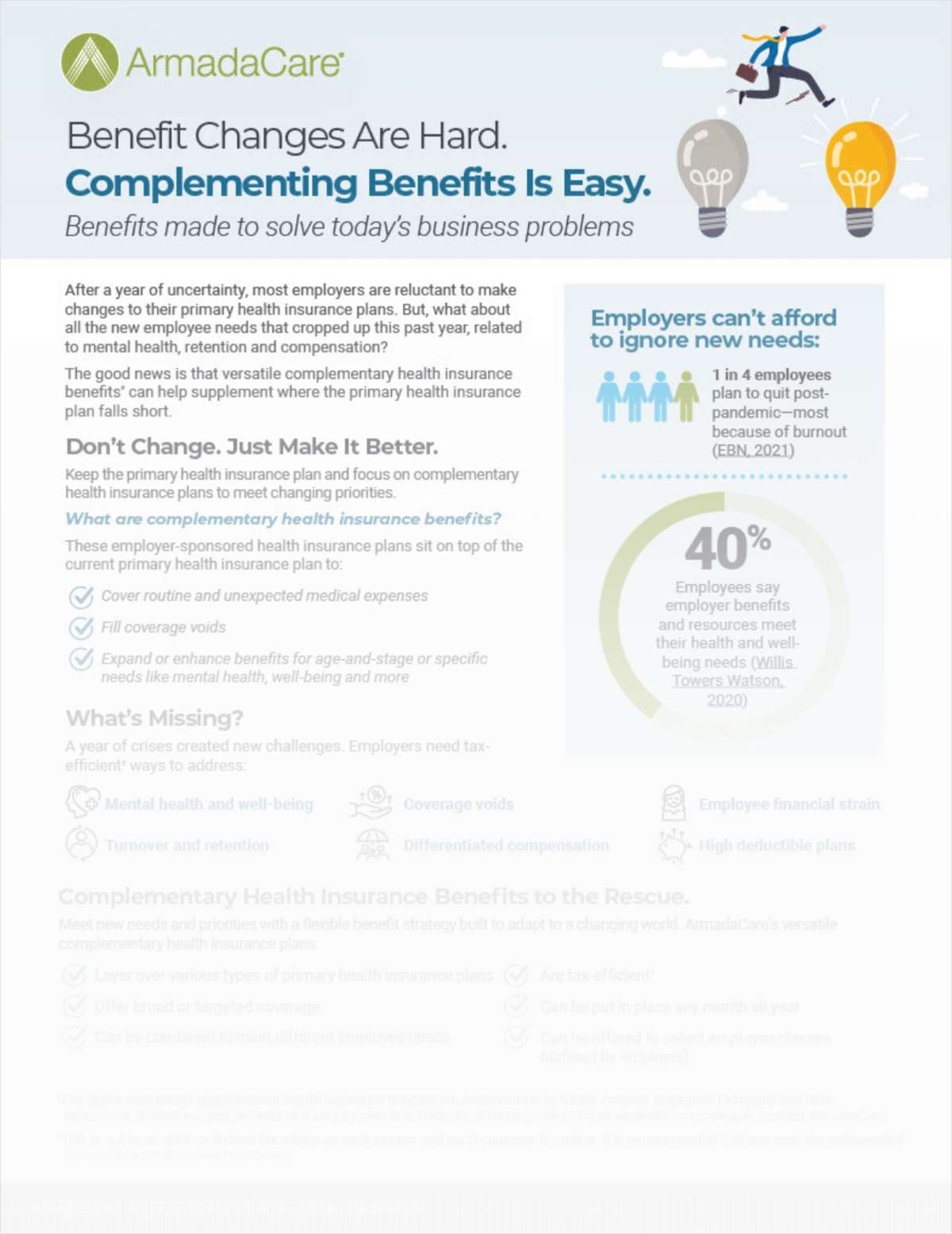There have been plenty of studies that highlight the fact that women are running behind when it comes to retirement savings—they have less put away than men despite the fact that, statistically, they’ll need more.
A new study from Vanguard has looked at the data and concluded that the culprit for those low balances is women’s pay, not their savings habits or participation rates.
According to the study, women are 14 percent more likely than men to participate in their employer’s retirement plan, and once they’re enrolled save at higher rates than men at all income levels.
But those income levels are key to women having a successful outcome in saving for retirement—and it’s not happening.
Although women not only participate at higher rates than men and even take similar risks with the investments in their plans, they simply don’t have as much pay to draw on for savings.
The automatic enrollment feature has muddied the waters on this finding.
While at first blush, men appear to benefit more from automatic enrollment than women, the Vanguard study found that lower-wage individuals see the largest improvements from automatic enrollment—and a higher proportion of women than men have lower wages.
According to the study, women earning less than $100,000 have participation rates that are about 20 percent higher than men.
Even at incomes of $100,000 or more, women are more likely to be participants.
But what’s telling is the fact that 45 percent of the female population has wages of less than $50,000, compared with 28 percent of the male population—and approximately 60 percent more women fall into the lower-income groups than men.
Once they’re in a plan, the study found, women across all income levels save at rates that are anywhere from 7 percent to 16 percent higher than those of men.
And while there’s considerable variation in deferral rates because of factors including age, pay level, gender, tenure and plan design, deferral rates rise with wages, age, and tenure.
Auto enrollment generally brings in participants at lower deferral rates because the default is generally set at just 3 percent. But, controlling for all the variables that can determine deferral rates, the study found that women have predicted deferral rates that are 3 percent higher than men.
Complete your profile to continue reading and get FREE access to BenefitsPRO, part of your ALM digital membership.
Your access to unlimited BenefitsPRO content isn’t changing.
Once you are an ALM digital member, you’ll receive:
- Breaking benefits news and analysis, on-site and via our newsletters and custom alerts
- Educational webcasts, white papers, and ebooks from industry thought leaders
- Critical converage of the property casualty insurance and financial advisory markets on our other ALM sites, PropertyCasualty360 and ThinkAdvisor
Already have an account? Sign In Now
© 2024 ALM Global, LLC, All Rights Reserved. Request academic re-use from www.copyright.com. All other uses, submit a request to [email protected]. For more information visit Asset & Logo Licensing.








